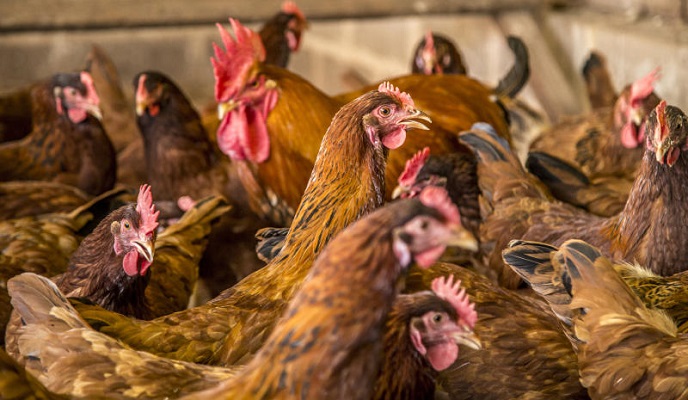

The genotype for the indigenous chicken is derived from the locally available breeds. Usually have low production in terms of egg and meat. Their end products are preferred i.e. eggs and meat due to their good taste and health concerns.
They are hardy and resistant to most of the diseases apart from New castle. They are not Capital intensive and can be raised at the backyard on free-range.
Recently there has been the introduction of genetically modified indigenous chicken commonly referred to as improved Kienyeji. The improved Kienyeji has an advantage over the tradition of indigenous chicken.
(a) They mature in less period of time e.g. they mature at 6 months as opposed to the former at 1 year.
(b) High production in terms of meat and eggs.
(c) Their plumage assumes the one for the indigenous chicken preferred by most farmers.
The Kienyeji chicken production can be enhanced by artificially hatching the chicks by use of an incubator as opposed to the traditional way of hatching by the mother chicken sitting on eggs for 21 days.
The recent upsurge in demand as far as the Kienyeji/improved indigenous chicken are concerned let to a number of small scale farmers to start brooding oblivious of the danger of not observing proper procedures.
Increased cases of preventable diseases like Newcastle wiping out the whole flock. Most farmers do not have well-designated parent stock hence they source hatching eggs from other local farmers.
Such parents give rise to chicks without any initial mother antibodies. This makes the chicks vulnerable to diseases like NCD at every age.
Recent observations have recommended for early vaccination of the chicks as early as at 3rd day.
Housing
The indigenous chicken could be housed for the first 4weeks (1month), thereafter let to scavenge and only supplemented with conventional feeds at a rate of 10%.
• The house should be well ventilated and litter well placed at least 3 – 5 inches
• Well disinfested and disinfected before the chicks /chicken are placed
• The floor could be cemented/wooden /or earth
Feeding
• The day-old chick to 28 days should be fed on chick mash of starter mash.
• And the end of the fourth week the birds can be supplemented with kitchen leftovers, grains, greens and growers mash at 10%.
• At laying, birds could supplement with commercial layers mash to enhance productivity.
Disease control
• For indigenous chicken the biggest threat is New castle diseases.
• Vaccinate the chicks early enough as indicated earlier.
• Repeat if possible at the end of every three months.
• For improved indigenous chicken, it is recommended you follow the vaccination procedure as it was for the exotic commercial layer birds.
NB: Incase of a disease outbreak always consult a qualified veterinary professional for diagnosis and proper treatment.
 Contact Jaguza Support
Contact Jaguza Support